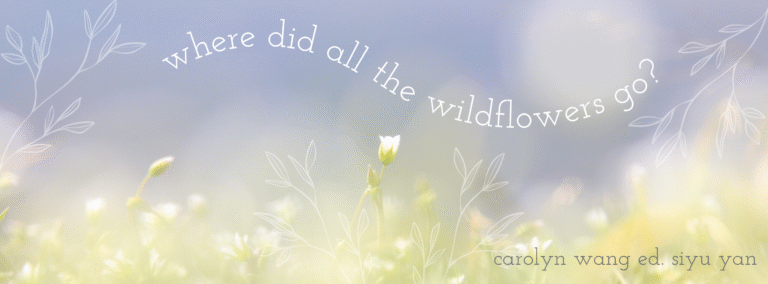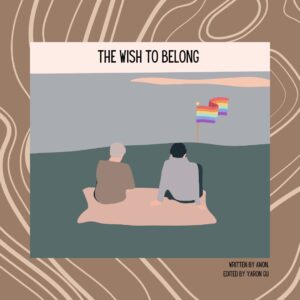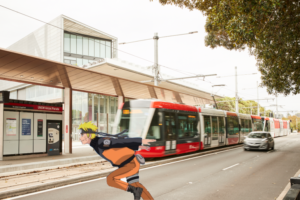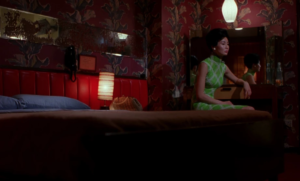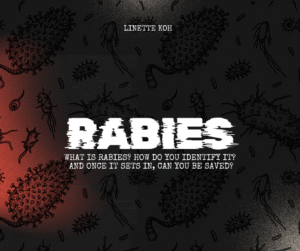
written by RACHAEL HANLY
Hesitation and loneliness are the recurring themes embodied in Wong Kar-Wai’s In the Mood for Love (2000), his best-known film – one that has captivated audiences with its stunning cinematography, haunting soundtrack and alluring tale of almost-love. Visual excess combined with a pared-back narrative characterise this nostalgic love letter to the director’s childhood, ultimately creating an experience that stays with one long after its final scenes.
Set in 1962 Hong Kong, In the Mood for Love tells the story of Mr Chow (Tony Leung), a married man who moves into the same crowded apartment complex as Mrs Zhen (Maggie Cheung), a married woman. Both have spouses who are distant and absent for long periods of time, and when they piece together that their respective partners are having an affair, they strike up a strange relationship that toes the line between friendship and something more. Tony Leung is captivating as the tragically handsome hero, able to capture a depth of feeling within a single glance, and Maggie Cheung is equally as stunning as the beautiful and lonely Mrs Zhen. Stoic and graceful, together they seem to float somewhere above the world around them, detached from the rest of society while at the same time letting it dictate almost every move they make.
Wong Kar-Wai himself was born in Shanghai in the late 50s but emigrated to British Hong Kong at a young age due to the beginning of the Cultural Revolution in China. 1960s Hong Kong was in a period of economic and political change which witnessed an economic boom that catalysed a population growth of almost a million, turning it into the modern hub and city of light we see today. However, alongside this came corruption and unrest; a thriving industry that had built itself on the backs of the poor who suffered overcrowded living conditions and inadequate education, which would eventually culminate in riots in the second half of the decade. Wong Kar-Wai captures that exciting sense of colour and light, juxtaposing it with a more uncertain, contemplative tone in the latter half of the film as political tensions rise in the background of the story.
Unbound by traditional conventions of storytelling, Wong Kar-Wai evokes a mood that is difficult to put into words. Dialogue is used sparingly and melodramatic, jewel-toned colours are used in their stead; deep red passion, the darkest black of shadows, the bright green of envy all come together both in contrast and in harmony, all gently foreshadowing feelings yet to be felt. This may be enhanced in part by the fact that much of it is improvised (there was a basic initial script but for many scenes, the two actors worked with the director to create scenes). Scenes are repeated as the characters act out scenarios with different outcomes in a masochistic cycle of questioning what could have been; the same few settings are used and reused, framed in a way that suggests a sense of voyeuristic intrusion, looking into a secret that we shouldn’t be observing. The camera skulks through dark corridors, loiters in window frames and lingers on shots of the actors’ faces, tediousness avoided by the fact that both the setting and the actors are unusually and remarkably- almost inhumanly- beautiful. Framing also adds to a sense of claustrophobia, representing how the two characters feel in a place where everyone knows the business of everyone else.
Let us observe how Wong Kar-Wai portrays hesitation. In the Mood for Love is a film dominated by restraint; why do the two leads choose not to consummate their relationship? Is it out of faithfulness, or simply the fact that they are waiting for the other to act? As a result, a stifling tension pervades, and we begin to wonder if there are things being said or done off-screen that we are not privy to. This is further brought out through the soundtrack – Nat King Cole’s version of Quizas, Quizas, Quizas (perhaps, perhaps, perhaps) becomes a melancholic, suggestive refrain which meanders through scenes of the film, questioning both character and audience.






